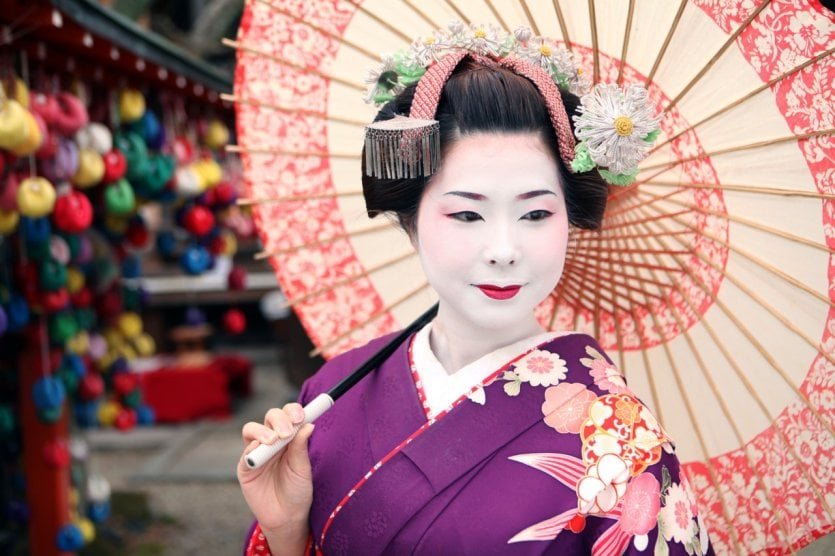
Every era has its history, but no history can endure as long as in Tokyo. Between ancestral temples and modern skyscrapers, Japan's capital strikes a perfect balance between past and future. But this balance is not only architectural, it's also in the myths. Make way for love and loyalty with the legendary dog Hachiko, or tip over into a world of vengeance and honor with the 47 rōnins. In this whirlwind of opposites and contradictions, it's hard to find one's place and how to embrace this new world. For Tokyo alone can be a world. A gigantic city of over 13 million inhabitants, it's full of secrets. For the Japanese metropolis is difficult to grasp. Brightly lit or dimly lit, wide or veined with narrow streets, all it takes is a bend in the road to find yourself stripped of what you've already acquired. Yes, you'll get lost, but you'll discover another world and, who knows, perhaps a part of yourself.
Discover also the must-sees of Japan!
1. Tsukiji fish market
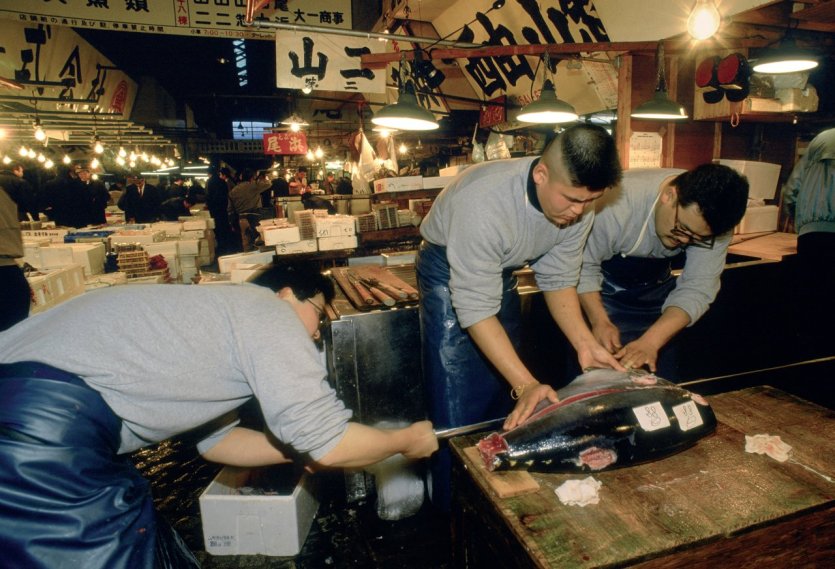
The world's largest fish market! Every day, more than 50,000 people come to buy their supplies. And yet, it wasn't long before tourists were barred from entering. In 2008, Tokyo City Hall banned tourists from the market, but reversed its decision in 2009. Discretion is the key to keeping this place accessible to future foreigners! To fully appreciate the atmosphere of this place, you'll need to come early and, of course, wander between the stalls. You'll see fish being auctioned, except for bluefin tuna, which is not open to the public. Among this tide of crustaceans are several truly delicious sushi bars! In fact, it's one of Tokyo's unmissable culinary stops! One of the best addresses is Daiwadzushi, which offers several formulas between ¥2,000 and ¥3,500. The Rokumeiken, with its light blue-grey front, is one of the least expensive, and the sushi is admirable! A word of advice: don't wait until 12:30 to sit down to eat! Enjoy a walking tour walking tour of the Tsukiji outdoor market!
The Tsukiji fish market is one of the 10 most colorful markets in the world!
2. Senso-Ji Temple
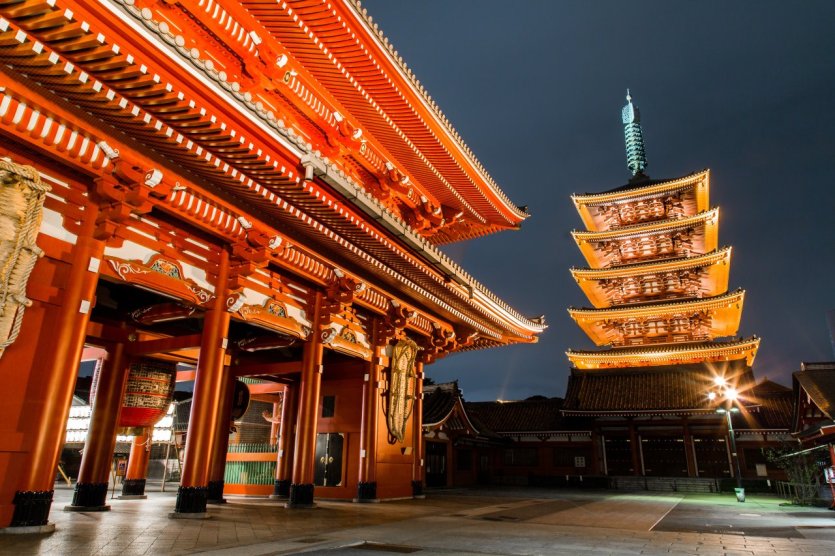
One of Tokyo's oldest temples. Built in 628 by three fishermen, legend has it that they found a golden statue of Kannon, the goddess of compassion, in their net. So, to protect this possession, they created this building. Today, the statue of the goddess remains invisible to our eyes. Many events destroyed this place, but it was always rebuilt. The main entrance is to the south, protected by two guardians, Fujin, god of wind, and Raijin, god of thunder. Along the way, you'll come across a huge red paper lantern, a popular spot for souvenir photos! Along the way, you'll come across a gigantic leather censer. The smoke emanating from it is used by the faithful to purify themselves and is said to have numerous therapeutic virtues. The area is surrounded by many buildings, including a monastery, the Denbōin, and a pagoda, the Gojunotō. Explore Asakusa in the company of a guide and discover Senso-ji temple 's most popular sites!
3. The Hachikô statue
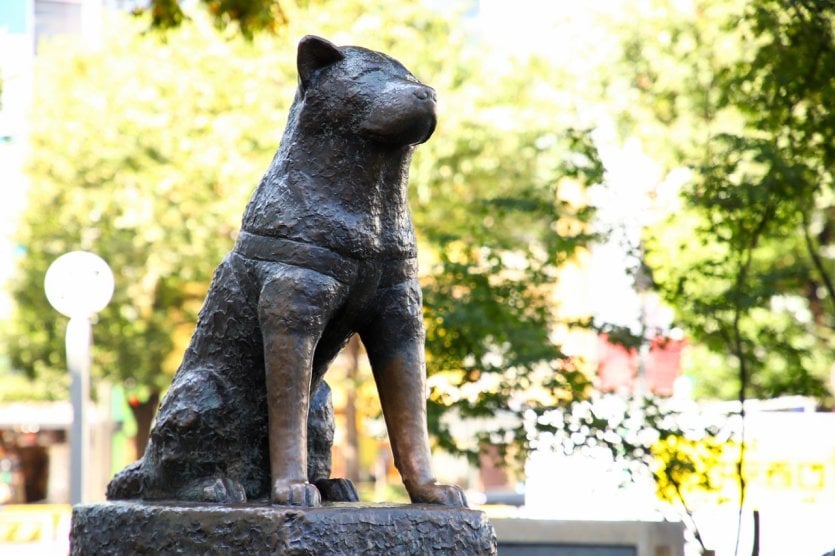
This square near Shibuya station has become a meeting place for Tokyo residents. At first glance, it may seem rather ordinary, but the statue paying tribute to Hachikô and his story will probably change your mind. This dog is probably one of the most famous in the world, thanks to the American film Hatchi. Every day, Hachikô would accompany his master to Shibuya station and return alone to pick him up. But one day, HidesaburōUeno, Hachikô's master, died of a hemorrhage during his working hours. Despite his death, Hachikô continued to go to the station day after day to wait for his return... This wait lasted almost 10 years, until Hachikô's death. This true story so moved Japan that many tributes were created for Hachikô. Today, a symbol of fidelity and loyalty in Japan, Hachikô is nicknamed Choken, the faithful dog. Part of his remains are buried near the grave of his long-awaited master.
4. Sengaku-ji Temple
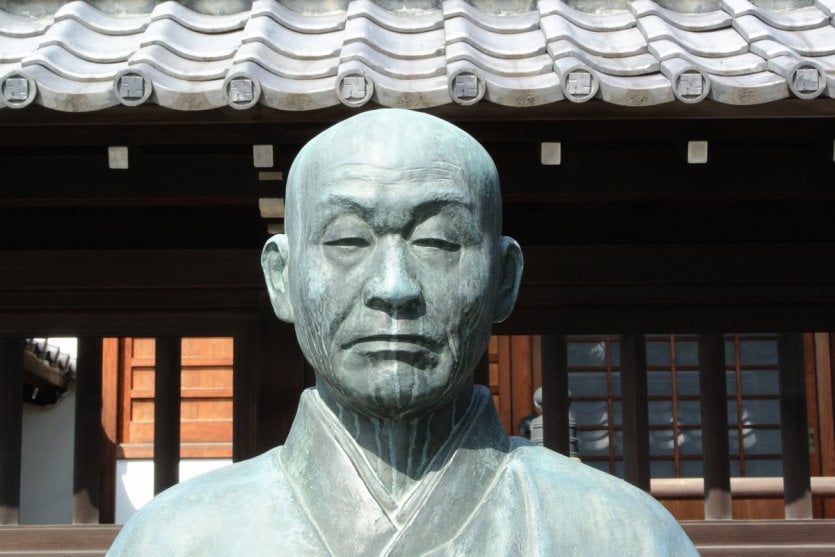
This temple was founded in 1612. It is famous for the story of the 47rōnins and has been adapted for the screen many times. This historical fact, dating back to 1701, began with a katana blade pulled out by Naganori Asano inside the shōgun's palace. This was a serious offence for the time. He was punished by being stripped of his status. He lost all his possessions, including his land. This led to the loss of 300 of his samurai. Without a leader, they became mercenaries. One of them decided to avenge his master and recruited 46 other samurai. They waited 2 years before taking their revenge. After decapitating the man responsible, they placed his head on the tomb of their master, Naganori Asano, in the gardens of the Sengaku-Ji temple, and committed suicide on it. Only one escaped this fate, Kichiemon Terasaka, who was pardoned by the shōgun. Since then, every December 14, pilgrims come to bloom the tombs of the 47rōnins located in the temple.
5. The Imperial Palace
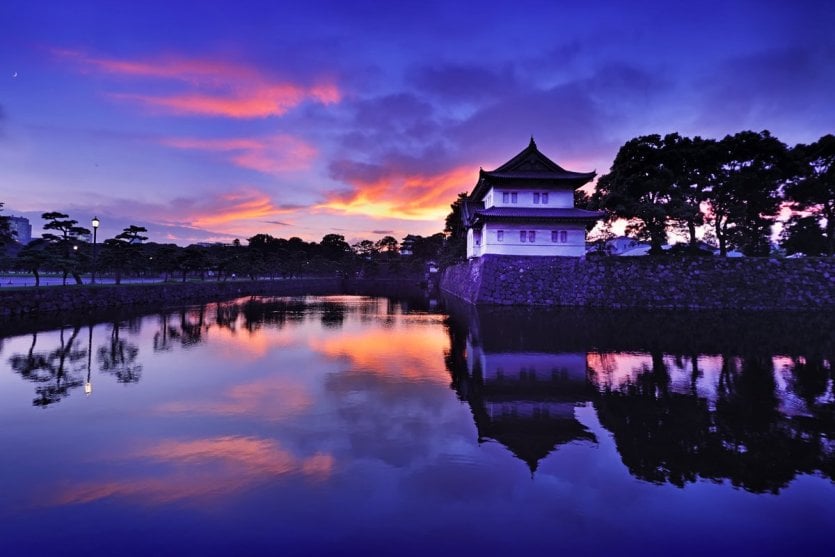
Once one of the greatest castles in the world. Today, it no longer possesses its former grandeur, but it can be a restful stopover! Located in the heart of Tokyo, it's a veritable jewel of greenery surrounded by concrete. You can only enter on December 23, the emperor's birthday, and January 2, the official day for the presentation of greetings. However, you can still see the ramparts and bridges overlooking the moat, as well as the Eastern Garden. Located near the Ote-mon gate and covering an area of 21 hectares, you can contemplate the foundations of past buildings, including the keep of the former shogunal palace destroyed by fire. A stop at Ishibashi Bridge is a must! It's one of Japan's most popular tourist attractions! In spring, a stroll around the moat of the imperial palace is an opportunity to observe the magnificent cherry blossoms. To add a romantic touch to your trip, you can rent a boat! Make the most of your stay by opting for an audio tour of Tokyo's Imperial Palace for less!
6. Shinjuku
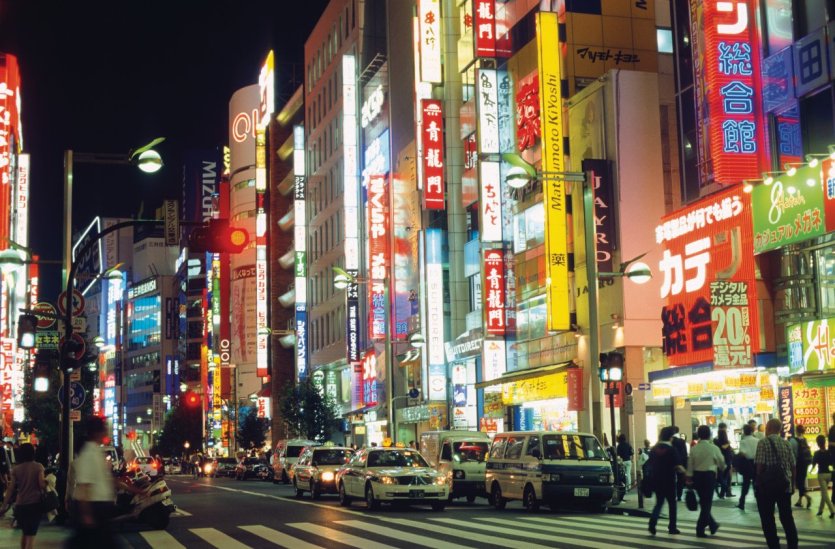
Shinjuku is one of Tokyo's liveliest districts. Here, over 107 different nationalities live side by side! It's home to most of Japan's major department stores, as well as the headquarters of several international companies. In its early history, this district was considered a suburb of Tokyo. But the Kantōearthquake of 1923 paradoxically created a surge of interest in Shinjuku. Indeed, this area is one of the least sensitive to earthquakes. This justifies the large number of skyscrapers in this Tokyo district. A good idea is to visit the headquarters of the Tokyo Metropolitan Government, also known as Tokyo City Hall. Considered the largest city hall in the world, you can enjoy free access to the city's observatory for a spectacular view of Tokyo! At night, Shinjuku is as lively as day! The district is lit up by gigantic illuminated signs! Take advantage of your stay in Shinjuku to visit mount Fuji and Hakone with a guide !
7. Tokyo National Museum
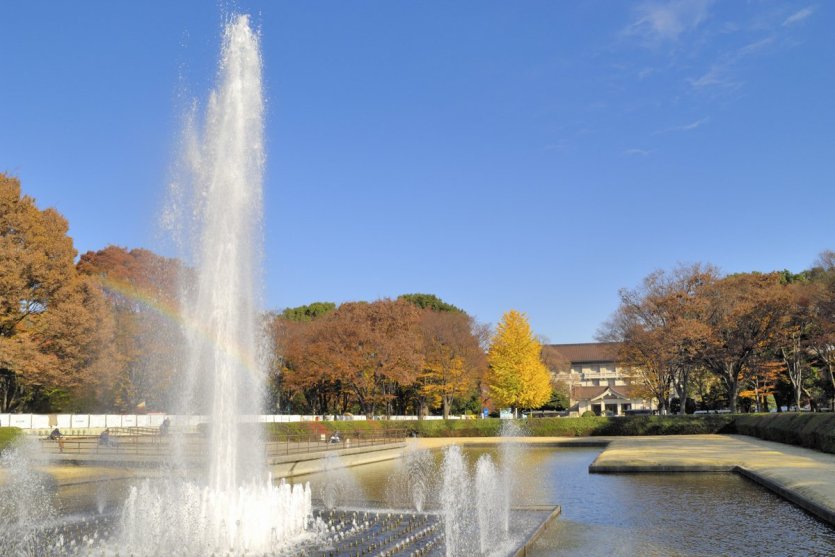
Established in 1871 in Ueno Park, this is Japan's largest museum. Covering more than 10 hectares, it is packed with priceless treasures. Four major buildings make it up: the Honkan, the Heiseikan, the Tōyōkanand the HōryujiHomotsu Kan. The latter houses the works of Hōryu-ji, a Buddhist temple considered to be the oldest wooden structure in the world. You'll see impressive sculptures, masks and numerous artifacts. Being incredibly large, you'll need to allow plenty of time to properly visit this museum. If there were a choice to be made in this vast space, it would be the Honkan building. Here, Japanese art is magnificently well represented. In fact, it houses the world's largest collection of traditional Japanese art. The Tokyo National Museum also boasts artefacts from the four corners of Asia: Khmer sculptures, Indian miniatures and Buddhist statues from Korea. A journey through Asian history in one place!
8. Meiji-Jingu Shrine
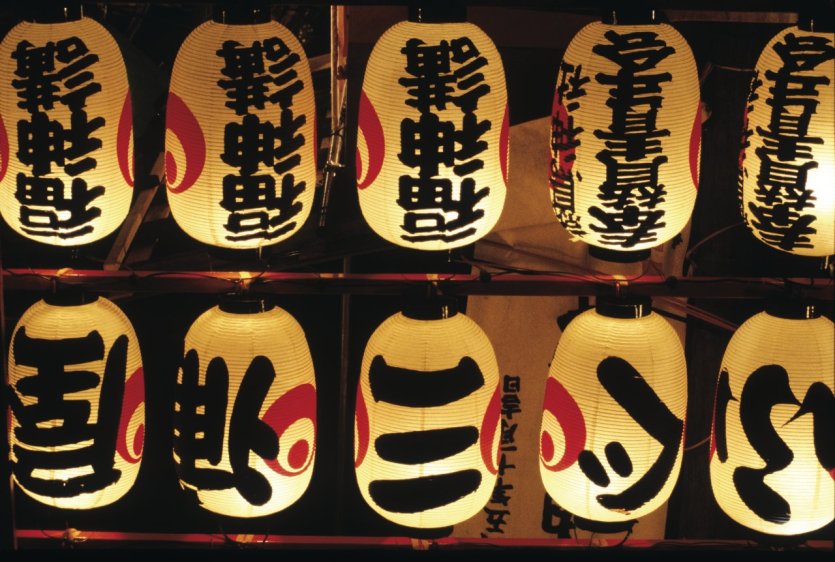
This shrine is one of the most popular in Japan. Located in the heart of a gigantic park, each tree is a donation from a Japanese citizen in honor of the former emperor Meiji. Meiji left his mark on his time, pushing Japan to open up to the world. He also reformed Japan's political system, creating a parliament of elected representatives and a constitution. As a sanctuary, you'll need to respect certain customs, such as purifying your body with water. For more information, click here. As you enter the park, you'll pass through a huge wooden torii, then stroll through the grounds and inspect the various structures: a museum, a music and dance hall, etc. You'll also be offered waka, a traditional Japanese dish. You'll also be offered waka, a type of Japanese poetry composed by the emperor and his wife. You may be surprised to see some trees with wishes hanging from their branches. Do the same! Maybe they'll be granted!
9. Sumo tournament
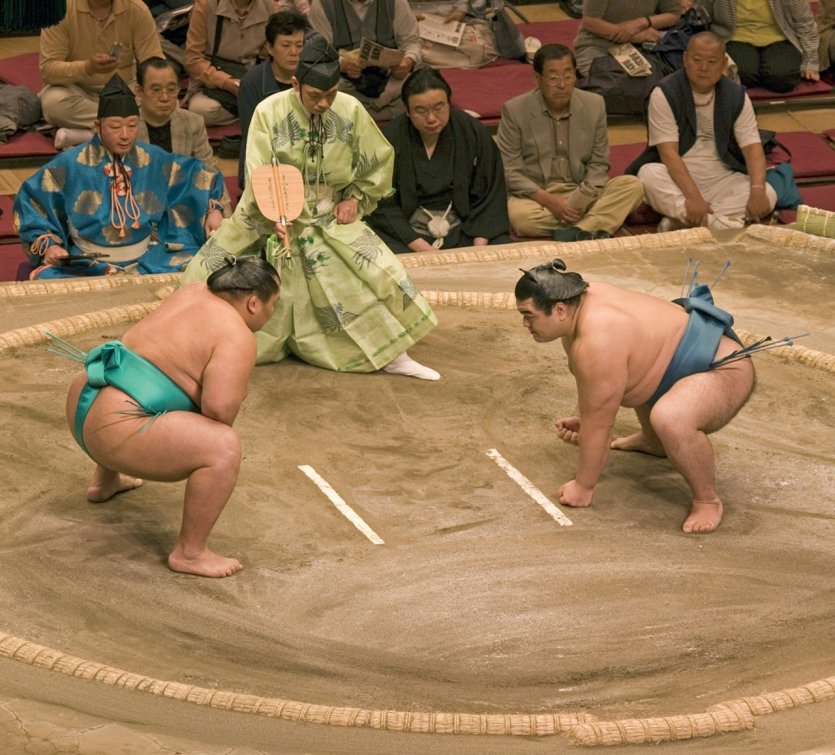
Literally translated, sumo means "to hit one another". This wrestling sport is typically Japanese, and is still remembered for the atypical size of its wrestlers! Originally, these fights were dedicated to the gods. The aim was to promote good harvests. Today, this sport is not as popular, but it remains a must-see event for all those curious about Japanese culture! When buying your tickets, try to get the best seats on the north and south sides. That way, you'll get the best view! Of course, the price is higher... If you absolutely must see one of these duels without abusing your wallet, arm yourself with binoculars and take the seats away from the ring. Book your tickets well in advance of the duel, as they go fast!
The must is to attend the national championship at Ryogoku Kokugikan. It takes place in January, May and September. For those who don't have this opportunity, university matches take place the rest of the year.
10. Harajuku
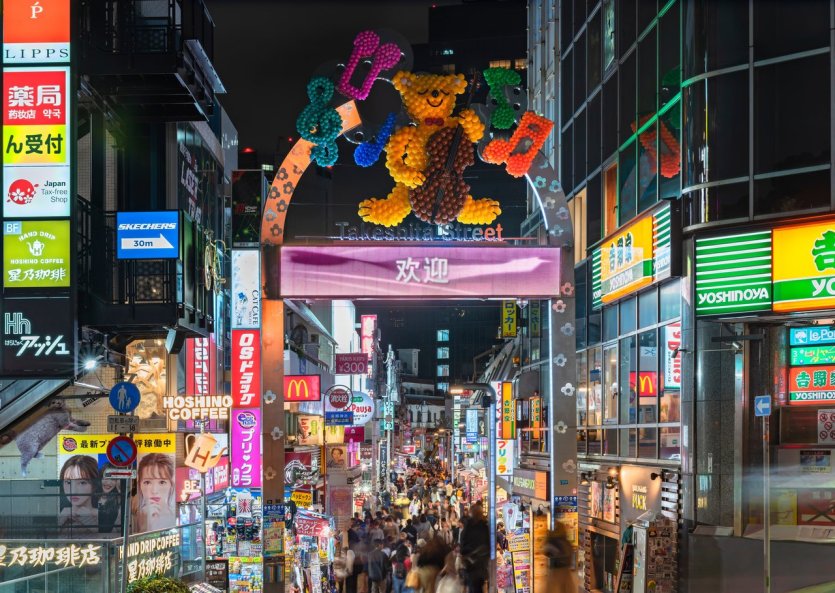
Harajuku is an emblematic district of Tokyo, renowned for its eccentric, avant-garde fashion scene. Located in the Shibuya district, Harajuku is a favorite spot for young hipsters, fashionistas and cosplayers. Its narrow streets are lined with designer boutiques, clothing stores, original cafés and street food stalls. The district is also known for its vintage boutiques, where you can find retro fashion pieces. Every Sunday, the Takeshita-dori bridge, Harajuku's most famous shopping street, is invaded by crowds of teenagers and young adults sporting offbeat fashion styles. It's also a gathering place for music and dance fans, where groups of young artists often perform outdoors. In addition to fashion, Harajuku is also home to the Meiji-jingu shrine, a Shinto place of worship set in the middle of a verdant forest. This shrine is an oasis of calm and serenity in the midst of Tokyo's urban frenzy. In short, Harajuku is much more than just a fashion district. It's a meeting place of creativity, individual expression and cultural diversity, where you can discover a unique facet of Tokyo's youth and contemporary Japanese urban life. Opt for a private tour of the hidden gems of Harajuku and Shibuya so you don't miss a thing!
11. Roppongi

Roppongi is a vibrant district of Tokyo, renowned for its lively nightlife and cosmopolitan atmosphere. Located in the Minato district, Roppongi attracts residents and visitors from all over the world in search of fun and entertainment. The district is dotted with skyscrapers, luxury boutiques, high-end restaurants, trendy bars and nightclubs. Roppongi is also known for its many cultural events, contemporary art exhibitions and galleries, which attract art lovers and artists alike. The Roppongi Hills complex, with its shopping malls, cinemas and observatory, is a must-see destination for shoppers and for enjoying panoramic views of the city. The district also boasts a large expatriate community, with many foreign residents living and working here. This cultural diversity is reflected in the international restaurants, theme bars and multicultural events regularly held in the area. In short, Roppongi is an eclectic neighborhood that offers a unique experience at any time of day or night.
12. The Tokyo Skytree
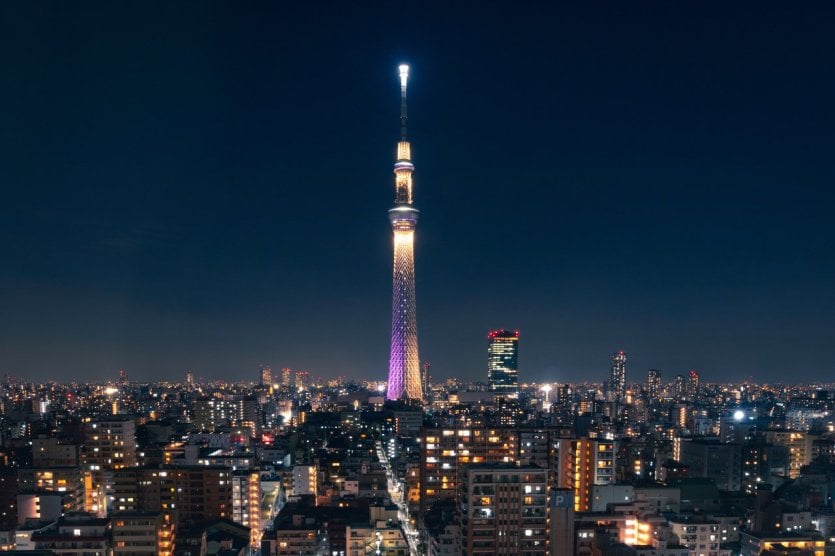
The Tokyo Skytree is an architectural icon in Tokyo, Japan, and one of the world's most iconic structures. This broadcasting tower, completed in 2012, stands 634 metres high, making it the second tallest free-standing tower in the world after the Burj Khalifa in Dubai. Located in the Sumida district, Tokyo Skytree offers breathtaking panoramic views of the entire city and beyond, and has become a must-see destination for tourists from all over the world. The tower houses two observation platforms, the highest of which, the "Tembo Deck" at an altitude of 350 metres, offers a spectacular view of Tokyo, Mount Fuji on a clear day and the sea of clouds that sometimes envelops the city. In addition to its aesthetic appeal, the Tokyo Skytree also plays a crucial role in broadcasting television and radio signals for the Tokyo region. Its design, inspired by traditional Japanese architecture, adds a unique cultural touch to Tokyo's urban skyline. Whether admiring Tokyo's twinkling lights at night or enjoying sunrise or sunset from its observatories, a visit to Tokyo Skytree promises an unforgettable experience and breathtaking memories. Buy your tokyo Skytree ticket !
13. Ginza
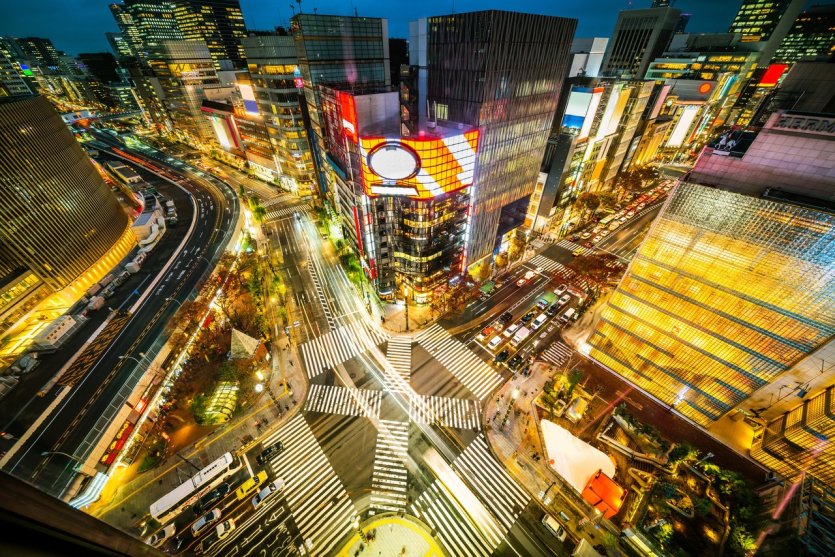
Ginza is an emblematic district of Tokyo, renowned as one of the world's most prestigious shopping destinations. Located in the Chuo district, Ginza is a showcase of luxury and sophistication. Its wide avenues are lined with luxury brand department stores, designer boutiques, jewelry shops and historic department stores. In addition to high-end shopping, Ginza also offers a refined gastronomic experience with numerous Michelin-starred restaurants, cafés and cocktail bars. The district shines particularly brightly at night, when its streets are lit up with twinkling neon lights, creating a breathtaking spectacle. At weekends, Chuo-dori Street becomes a pedestrian zone, offering visitors a pleasant place to stroll and enjoy the lively atmosphere. Ginza is also a meeting place for artistic culture and architecture. The Kabuki-za theater, contemporary art galleries and innovative architectural buildings are an integral part of the Ginza experience.
14. The Ghibli Museum
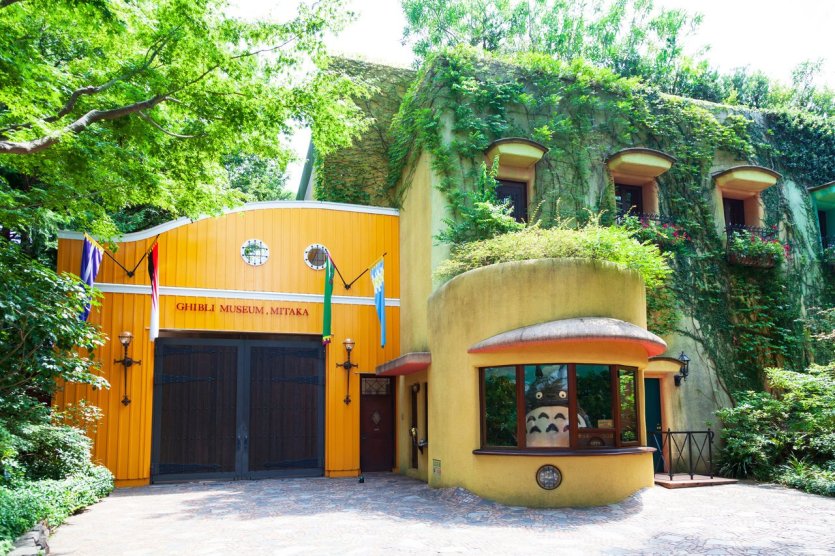
The Ghibli Museum in Tokyo is a magical place dedicated to the world of Japanese animation created by Studio Ghibli, founded by legendary directors Hayao Miyazaki and Isao Takahata. Located in the Mitaka district, this museum is a veritable paradise for fans of the studio and films such as My Neighbor Totoro, Chihiro's Journey and The Moving Castle. The museum building, designed by Hayao Miyazaki himself, features whimsical architecture and resembles an enchanted house straight out of the films. Interactive exhibits give visitors a behind-the-scenes look at how animation is created, as well as the techniques used by the studio. The Ghibli Museum also houses a cinema where exclusive, never-before-seen short films produced by the studio are screened. What's more, its gardens are a peaceful place to stroll and soak up the poetic atmosphere of the Ghibli universe. Due to its popularity, it's advisable to book tickets in advance, as the number of visitors is limited each day. A visit to the Ghibli Museum is an unforgettable experience for lovers of animation, art and the vivid imagination of Studio Ghibli's works.
15. Akihabara
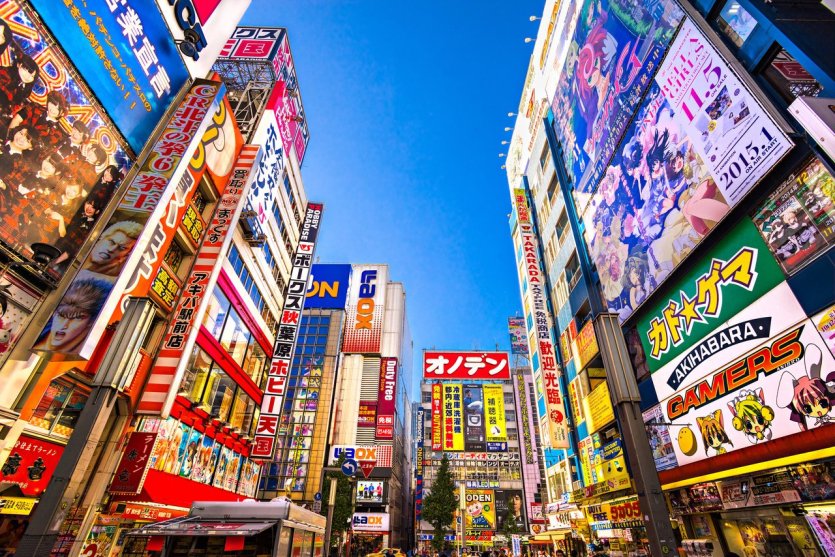
Akihabara, nicknamed "Electric Town", is an emblematic district of Tokyo, renowned as a paradise for geeks and pop culture fans. Located in the Chiyoda district, Akihabara is Japan's hub for electronics, video games, manga and anime. Its streets are lined with specialized stores offering a vast selection of electronics, high-tech gadgets, game consoles and accessories. Akihabara is also famous for its second-hand stores, where retro-gaming enthusiasts can find rare vintage consoles and games. Akihabara is also a meeting place for cosplay enthusiasts, who often gather for photo shoots and special events. Whether you're a fan of geek culture or simply curious about this unique universe, Akihabara is a captivating place that offers an immersive experience in modern Japanese subculture. Opt for a multi-stop bus ticket to discover Tokyo, Akihabara and many other must-sees!
Interested in Tokyo? Discover our dedicated article!
Where to go in Tokyo?
Tokyo has many wonderful places to stroll and discover the city from different angles. Here are 5 great places to stroll in Tokyo:
- Yoyogi Park: This vast park is an ideal place to relax, jog or watch the street performers and dance groups that regularly gather here.
- Ueno Park: This historic park is one of Tokyo's oldest, and offers a beautiful escape amidst cherry blossoms in spring.
- Sumida Canal: This canal walk offers a magnificent view of the Tokyo Skytree and a peaceful atmosphere in the heart of the city.
- Yanaka lanes: The Yanaka district is famous for its narrow streets and traditional wooden houses, offering a charming and picturesque atmosphere.
- Imperial Palace Gardens: Stroll around Tokyo's Imperial Palace and enjoy the magnificent landscaped gardens that surround it.
What are Tokyo's different districts?
Tokyo is a huge and diverse city, with many unique and lively districts. Here are Tokyo's 10 main districts:
- Shibuya: Famous for its lively pedestrian crossroads, this is a trendy district with fashion boutiques, restaurants, cafés and a lively nightlife.
- Shinjuku: A cosmopolitan district with towering skyscrapers, department stores, cinemas, bars and entertainment venues.
- Ginza: Renowned as the district of luxury and high-end shopping, with major international brands, luxury department stores and fine restaurants.
- Asakusa: Known for the Senso-ji temple, this is a historic district with traditional shopping streets and an authentic atmosphere.
- Akihabara: Nicknamed "Electric Town", this is a paradise for geeks and pop culture fans, with numerous stores selling electronics, video games, manga and anime.
- Ueno: A cultural district with numerous museums, Ueno Park and Ueno Zoo.
- Roppongi: Renowned for its lively nightlife, contemporary art galleries and numerous bars and clubs.
- Harajuku: Famous for its eccentric fashions and designer boutiques, this district is popular with young hipsters.
- Odaiba: An artificial island with shopping malls, theme parks, beaches and panoramic views of the city.
- Ikebukuro : A lively district with department stores, shopping malls, restaurants and entertainment venues.
Why live in Tokyo?
Living in Tokyo offers a multitude of advantages and opportunities that attract people from all over the world. Here are 5 reasons why many choose to make Tokyo their home:
- Professional opportunities: Tokyo is the economic center of Japan and offers numerous job opportunities in various sectors, including business, technology, design, English language teaching, etc.
- Cultural and artistic life: Tokyo is a lively metropolis with a dynamic cultural scene, festivals, art exhibitions, concerts and cultural events all year round.
- Varied cuisine: Tokyo's gastronomy is a delight for the taste buds, with an abundance of restaurants offering traditional Japanese cuisine, as well as international dishes from the four corners of the globe.
- Efficient public transport: Tokyo's public transport system is among the best in the world, making it easy to get around the city and its surroundings.
- Safety: Tokyo is renowned for its safety and is considered one of the safest cities in the world.
Interested in a vacation in Tokyo? Take advantage of a discount by booking your travel insurance here, and leave with peace of mind! And to help you organize your vacation, don't hesitate to discover the advantages of working through a local French-speaking travel agency.


